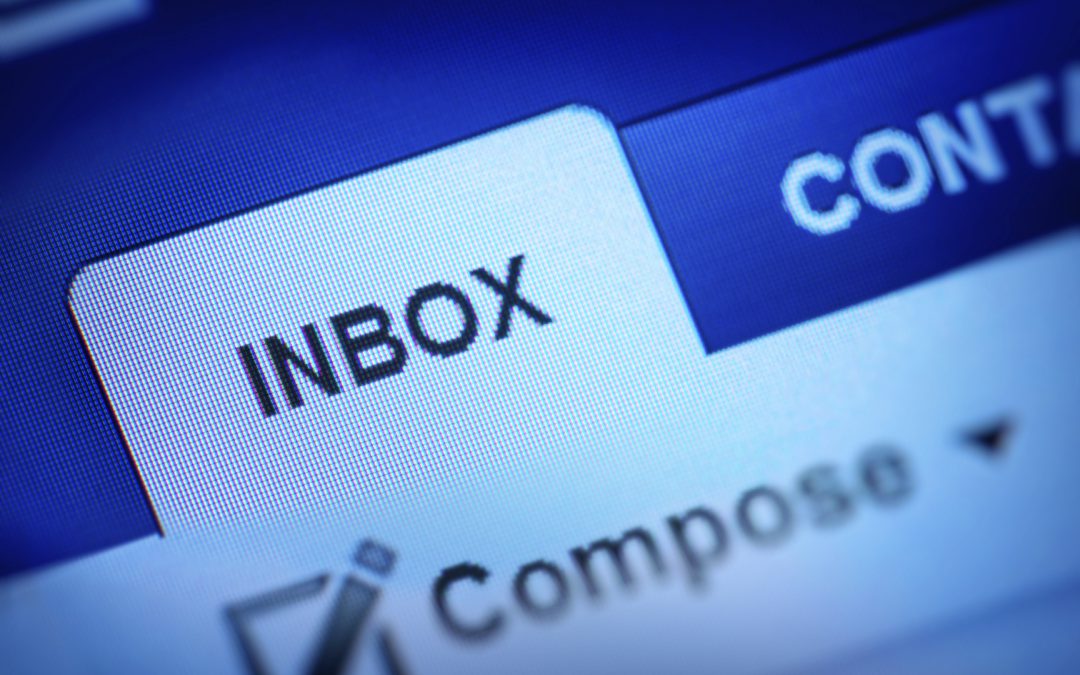In our increasingly digital world, email has become an indispensable communication tool. Email use is so widespread that there are nearly 230 billion emails sent and received every day. Originally designed to send messages between the users of the same computer system, email as we know it expanded in 1972 to allow messages to be sent between multiple distinct systems. Since the standards used were created at a time when account holders were verified by the administrators of each distinct computer system, it was easy to tell exactly who sent any message that you received.
Unfortunately, as the use of email expanded dramatically in the intervening years, the inherent flaws in the system became more apparent. These days, users may have multiple email accounts spread across several domains, and the system administrators have lost the ability to independently verify who each individual user is. As a result, it has become challenging for email users around the world to know the exact sender of many of the emails they receive, or even if the sender is the legitimate holder of the address listed on any given message. To remedy the problem, there are now several methods that you can try in order to discover and verify who has sent a message to you.
Search Engines
Since emails are used in every corner of the globe, the first thing you should do to find out who has sent them a message is to use a search engine. Google’s search engine is the obvious standard, but any well-known search engine will do as well. By conducting a search of the address of a sender, you may uncover several useful pieces of information. Examining the search results may yield web pages that associate any given email address with a person’s name. In addition, the results may indicate that the address has been used to send unsolicited or unauthorized emails. This information may reveal the legitimate sender, as well as if they are likely to have actually sent the message.
Examine the Contents of the Message
The email in question may contain some useful information you can use to determine the sender. First, if the message purports to be from someone you know, you may be able to spot spelling and grammar errors that person wouldn’t commit. If that’s the case, there’s a good chance that the message isn’t from that person.
If the message is from someone whom you’ve never had contact with previously, you can check to see if the email appears to have come from where it claims to. To do this, you can examine several things:
- Verify that any links listed in the email actually point to where the text of the link indicates it should. In most email interfaces, hovering your mouse over a link will reveal the actual address it will take you to.
- Check the message headers to determine if the server that transmitted the message is the legitimate email server for the sender’s domain. The process to view headers varies with each email program (or web interface), so check with your email or software provider for instructions.
- Use an IP location tool to see where the physical server used to send the message is located. The IP address of the sending server should also be in the message headers, and you can use most search engines to get an approximate map location.
Search Social Networks
Since many people maintain profiles on social networking websites such as Facebook and LinkedIn, searching the address in question may reveal the sender’s name. Since these platforms require their users to list an email address in order to open an account, there’s a good chance you may find the person you’re looking for. If possible, try to cross-reference your findings across several social media sites to make sure that the profile you find actually belongs to the person listed.
Use a People Search Engine
Since verifying email senders is such a universal problem, there are now purpose-built search engines that provide email lookup services and reverse email search capabilities. They make use of the massive amount of publicly-available data on the internet to link email addresses with their senders. Some of them can even provide a full background check so you’ll have a lot of specific details about the sender as well.
The Right Tools For the Job
By making use of the email address validation tools and techniques outlined above, you’ll never again find yourself staring at an email wondering “whose email is this?”. With a little effort, every email user has the power to find out the name behind the messages they receive, as well as if the message has actually come from the person who claims to have sent it. Learning these methods will go a long way towards protecting you from email scams and potential online harassment. You now have the power to take back control of your inbox.

